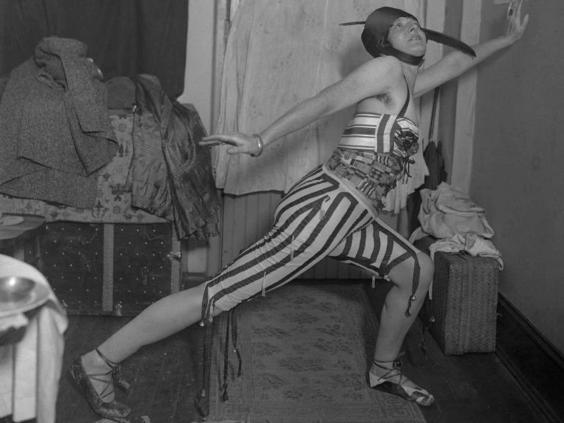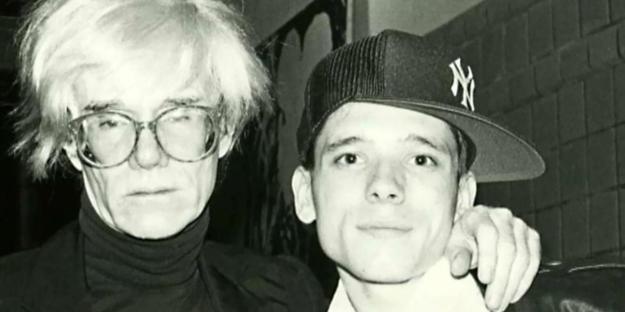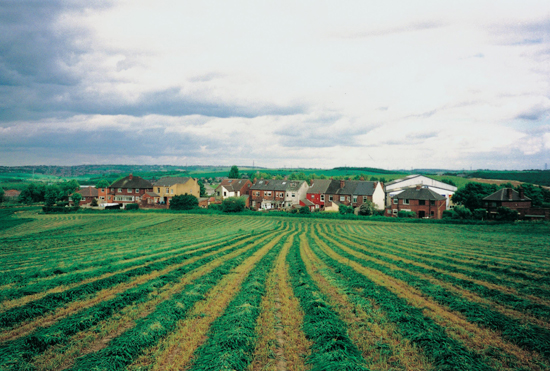PART A
Reflective Learning
What is Art ?
I am asked if my views have changed – the short answer is no, as I spent most of last year at St Davids researching the same issue, however they have developed.
I have learnt about some artists I had not heard of before in particular conceptual artists, an area I have not explored before, being more conservative by nature. In particular Tacita Dean, Jem Finer to name a few -( see visual diary for further detail.) My horizons have been broadened as to what is seen to be Art today.
I am intriqued by the fact that Duchamp known as the father of conceptual art. “He abandoned painting on canvas in 1912 and started a painting on a large sheet of glass, but took 10 years to finish it. What he was really looking for were ways to make art outside of traditional painting and sculpture. In 1915 he hit upon an idea he called “readymades”, in which everyday objects could be presented as pieces of art. These were a challenge to the art establishment: was the fact that an artist showcased something they found sufficient grounds to regard that object as a work of art? Or, perhaps more accurately, was the idea that an artist challenged the art establishment by presenting a found object sufficiently interesting for that idea to be considered a work of art?” ( John Higgs – The Independant – a fascinating article which proposes that Duchamp was not the artist of the urinal rather a lady called ( Baroness Elsa von Freytag- Loringhoven).
This book extract was taken from ‘Stranger Than We Can Imagine: Making Sense of the Twentieth Century’ by John Higgs, published by Weidenfeld & Nicolson

I feel that all these conceptual pieces are reactions and commentary, to the times the artists live in, a way of being non-conventional, of thinking outside of the box. A very interesting book which I have read explores this further ‘Think Like an Artist” by Will Gompertz.
I am interested in the way we see art in its historical context and how the times and places we live in influence our art. I have enjoyed reading Ways of Seeing by John Berger opening my eyes up to how we perceive beauty and how publicity can influence our choice of art. I am currently reading An Introduction to Visual Culture by Nicholas Mirzoeff – the history of images!
As W.J.T. Mitchell says “picture theory stems from “the realization that spectatorship (the look, the gaze, the glance, the practices of observation, surveillance, and visual pleasure) may be as deep a problem as various forms of reading ( decipherment, decoding, interpretation, etc) and that ‘visual experience’ or ‘visual literacy’ might not be fully explicable in the model of textuality”. (Mitchell 1994: 16)
I would like to continue to read about art and art history, as I have a number of books yet to read, it is not an area I would specialise in, but find it invaluable as background and intellectually stimulating.
The learning log, is still an area I am not that fond of – as it involves a lot of typing/pasting etc I enjoy it more when it is part of my art work as a tool for keeping ideas/recipes etc in. I think I have made a good start with it, I am more focussed than last year when they ended up very messy sometimes less is more, I prefer to use my time to read/research. I need to do more sketching in them and ideas for my own work. The work I have seen has been interesting but does not explore the areas I am keen to develop. That said it has been interesting to see how people like Pollock and Jeremy Deller have very firm grounding in the fine arts – to move away from the conventional one first has to understand it. I have enjoyed meeting local artists and hearing what they have to say about their practices and motivation. It has given me a better understanding of working practice and using ideas. I had a very special afternoon with Glenn Ibbotson and Carole King watching his film Tatsuko, which gave me fresh insight into artist working practices. Their views on what is art and the commercial aspect of making money were thought provoking and insightful, as were how they use their visual diaries/sketchbooks, it helped me to feel less uptight about that aspect. Practice, practice and experiment but always being true to what you want to produce.
“Hi Moya,
Enjoyed your company today; good to have a fresh pair of eyes on the film. Thanks for the corporate thread; will follow this up. Any issues arising from your studies; just get in touch. All the best,
Glenn”
PART B
“The Battle of Orgreave” – Jeremy Deller 2001

http://www.bbc.co.uk/culture/story/20141202-when-i-got-close-to-warhol a fascinating insight into how Deller became an artist.
Very difficult piece for me, my husband lived trough those times and I have had contact with some of the parties involved – it has taken a number of days to step back from my initial anger at the work which I felt was intrusive and attention seeking.
My next reaction was is this truly art or just a theatrical piece, what distinguishes it from a documentary, was it a true re-enactment or was it how people thought it happened – did accurately reflect the issues and consequences or was it artistic interpretation.
For me the questions to be asked are
- Who made it?
- When and where was it made?
- Is film art? (What)
- What was the purpose of the piece? (Why)
Who made the film – an artist called Jeremy Deller – who I had not heard of before. The articles by Brian Dillon – https://frieze.com/article/jeremy-deller-1 and Alex Farquharson https://frieze.com/article/jeremy-deller I found extremely helpful in shedding light on the artist and his work. In Brian Dillon’s words “His work is often cast in terms of pop-cultural democracy or a kind of giddy-but-critical inclusiveness, as if he were simply that very English type,the enthusiast provocateur, but with superior management skills.” Which I can relate to, it is not easy to persuade so many different people to engage together on a project – he must be quite a dynamic character to achieve that when raking up the past creates such strong emotions. I found it interesting to note that he has a MA in History of Art (specialising in the Baroque).
When and where
Battle of Orgreave 2001

“In 1998 I saw an advert for an open commission for Artangel. For years I had had this idea to re-enact this confrontation that I had witnessed as a young person on TV, of striking miners being chased up a hill and pursued through a village. It has since become an iconic image of the 1984 strike – having the quality of a war scene rather than a labour dispute. I received the commission, which I couldn’t believe, because I actually didn’t think it was possible to do this. After two years’ research, the re-enactment finally happened, with about eight-hundred historical re-enactors and two-hundred former miners who had been part of the original conflict. Basically, I was asking the re-enactors to participate in the staging of a battle that occurred within living memory, alongside veterans of the campaign. I’ve always described it as digging up a corpse and giving it a proper post-mortem, or as a thousand-person crime re-enactment.” Jeremy Deller 2001
It is interesting to note that the work began as a joke, a surreal image among all Deller’s other funny-peculiar ideas for juxtaposition of disparate British phenomena
Contextually the piece was re-created in the same location where the original event took place though noticeably the incidents over the railway tracks could not be reenacted as the trains could not be stopped though on the day they were running and the police chased miners over the live tracks. The re-enactment was subject to safety regulations which most importantly the real incident was not. Deller said “It has since become an iconic image of the 1984 strike” and keeping this place true to the original was paramount.”
In Place by Tacita Dean & Jeremy Millar, they give a brief overview of the incident which led to the confrontation (for a more detailed and in depth piece see https://www.theguardian.com/politics/2017/may/18/scandal-of-orgreave-miners-strike-hillsborough-theresa-may). They point out that there were a number of layers and issues to the original dispute. That it was about jobs, local identity and the importance os place to our continued sense of self. They go on to point out that Deller brought all these issues into the present and showed they remain alive today, but at the same time it had a tragic, nostalgic aspect that the battle had been in vain.
“Every event described in history, every series of events reconstructed, has to have a place.” F Lukermann
It is at this point I am not in idem with the critics reviewers, possibly because of my background I know more about the issues than some. The fundamental point all the art critics miss is that this incident led to the Hillsborough disaster and therefore has far more ripples/consequences than at first glance. The South Yorkshire police operation against the miners in Rotherham 1984 and the state violence against picketing miners led directly to the Hillsborough tragedy which resulted in 96 fatalities and 766 injuries far worse than the so-called battle of Hillsborough. This art film opened up far more wounds and pain than is written about. The Yorkshire police actions condoned at Orgreave led to their actions at Hillborough, those who lost family believe that the force’sa inhuman response was bred and given official sanction by the harsh policing of the miner’s strike. For years they have fought for accountabilty, Orgreave was seen by the Conservatives as a victory but according to Michael Mansfield QC it was “the biggest frame-up ever” ,it was alleged it was a set up by the police of the miners.
“The more that is known about Orgreave, and about the unlawful killing of 96 people so soon afterwards at Hillsborough, the clearer the outrage is – yet -“the poison of decades – old misdeeds” was, after all, to remain untreated.” ‘ The Guardian’.
Which brings me to what is art and the purpose of the piece, according to The Guardian at Treeton Miners Welfare after the filming the critics answered that it is art of a surprisingly traditional kind. The stately, formal dispositions of miners facing police across a field: the panoramic view of hand to hand fighting while officers dictate the action from afar (……) all have the sombre dignity of a baroque history painting.
According to The Guardian The Battle of Orgreave is a history painting. (Deller has an MA in History of Art specialising the Baroque.) What we see is as much about then as now. Deller has produced a variety of works that reflect on poignant events, he encourages an element of viewer participation combining real life and art, he introduced a local fair close to the site and lined the streets of Manchester with public to watch the procession, they became part of the art. As Deller says ” It has since become an iconic image of the 1984 strike” Contextually it was important to re-create this piece in the same location and events however it was not entirely possible for example on the actual day miners were chased over live railway lines this was not re-inacted due to health and safety – so already viewpoints and time altered the piece. A conflict here with misrepresentations and false memories from both sides, hindsight often changes ones perspective of an event.
His use of photographic stills, the gallery exhibition, the recording of the performance, his attention to detail, despite all this accuracy ‘even the most perfect reproduction of a work of art is lacking in one element: its presence in time and space, its unique existence at the place where it happens to be’ Benjamin and Underwood, 2008.2).
Art is crucial to our understanding of history, from ancient Greek amphorae depicting scenes of battles and Renaissance portraiture, art can illustrate things about the past that language cannot. This is what in my opinion Deller does as he described it ” digging up a corpse and giving it a proper post-mortem.’ He gives the events of the past the dignity of historical perspective. He brought industrial strife of the 1980s back to light and gave a sense of perspective to what had happened. Was it too detached – cruelly ironic perhaps – it poses more questions than it answers. ( Apollo International Art Magazine Digby Warde-Aldam).
Having had a very strong reaction to the piece to start with, I am ambivalent about it now. The strength of character of the artist to persuade all those people to get involved is impressive, the technical skills inspiring, the final piece intriguing. Do I like it, does it engage me – no it does not but we all react to art differently perhaps for me the subject is too raw and not a theatrical piece but if it gets people talking then perhaps that is all an artists wants to achieve to engage people and that this piece does.
